THE HISTORY OF ROLLING PAPERS
THE HISTORY OF ROLLING PAPER, OUR HISTORY
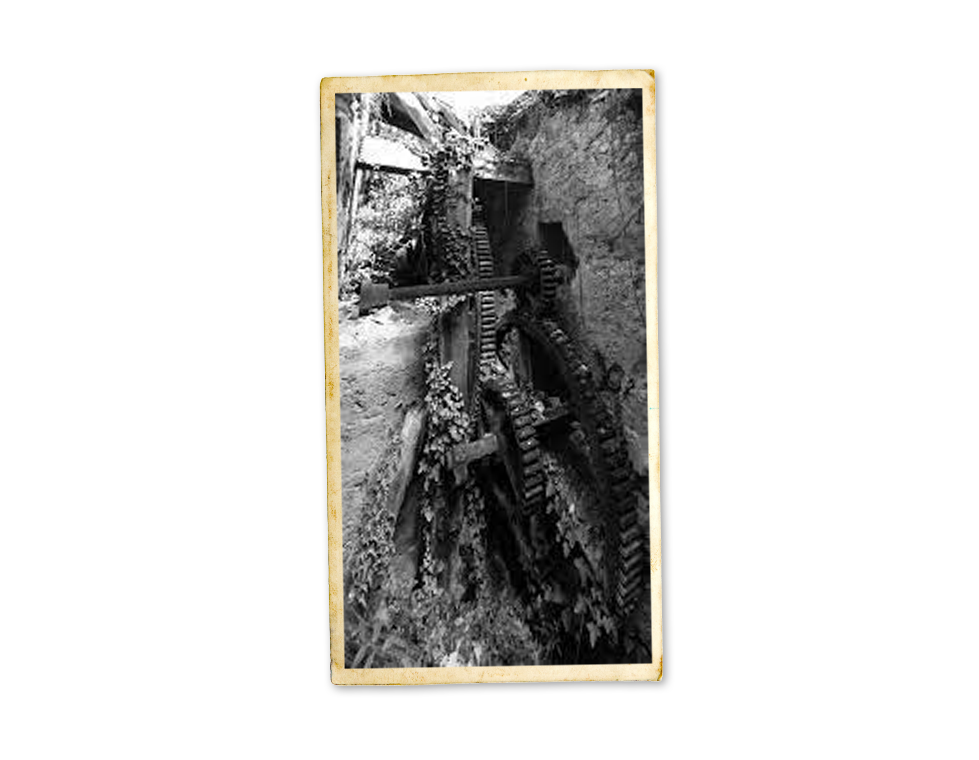
1st paper factory
The 1st Rolling paper factory was born in Alcoy
The Hollander Beater
The first shredding cylinder in Spain was installed in Alcoy.
The priest Vicente Albors installed an innovative machine invented in Holland that replaced the mortar piles to defibre the raw materials used in his factory on the Rambla. The “hollander beater” improved productivity and by the end of the century most factories in the area had it.
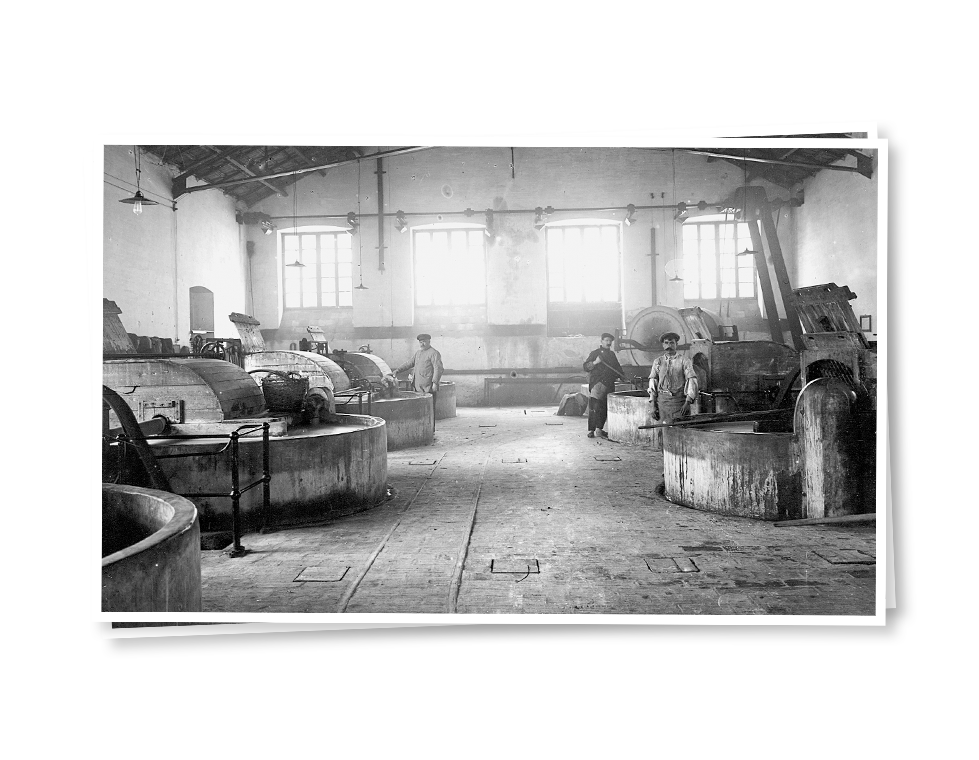
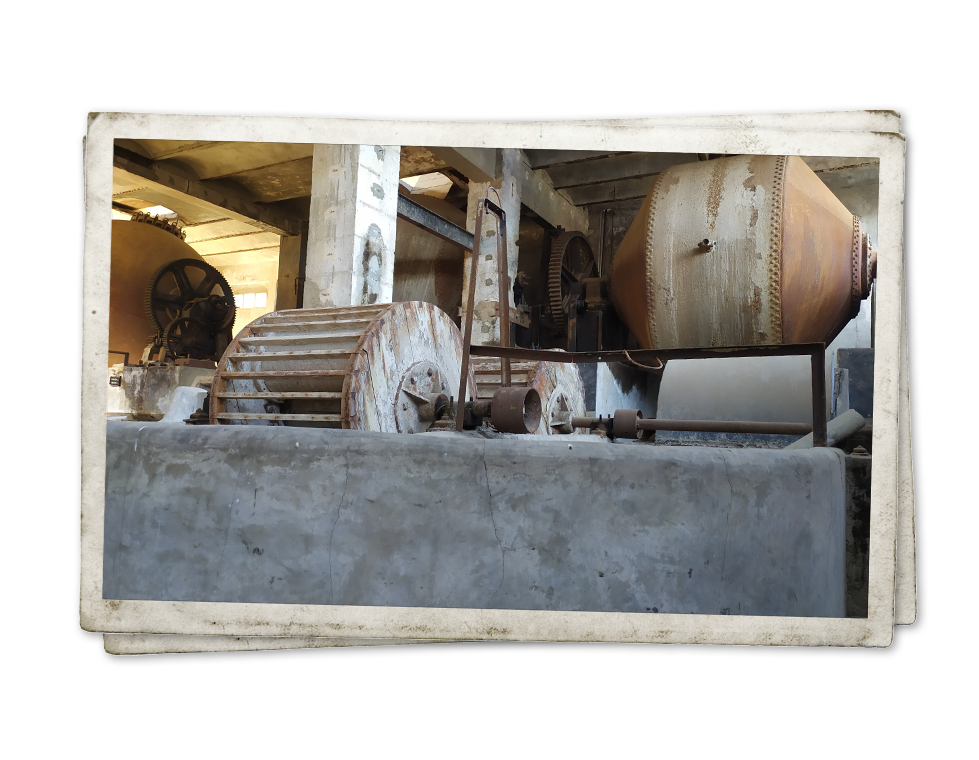
Spectacular growth
Metallic vats were introduced and the production of “cigarette” paper began.
In some factories metallic vats were introduced, which improved the production process and facilitated the creation of a new type of paper, finer than usual, specifically for rolling tobacco. This replaced the newspaper that had been used until then.
The process consisted of introducing the fibres into the leaching machines where chlorine and steam were applied to heat them and break them down into a coarse pulp. It was then poured into the hollander beaters or mortar piles where, with the help of the blades of the shredders, the coarse fibres were removed and the paste was refined. Finally, this paste, ready for the machines, was unloaded into tanks called vats.
In the area of Alcoy, more paper factories began to open, reaching 35 in 1780. This expansion was mainly promoted by the establishment of the Tobacco Stamp in New Spain, and the consequent increase in the demand for cigarette paper in South America, as it was called at the time.
Napoleon exported the idea
Bonaparte wanted to manufacture rolling papers in France as well.
For some years, Spain was the only country that consumed tobacco in rolling paper, which allows a slower combustion and enhances its flavour. Napoleon Bonaparte wanted to copy the idea and told the paper manufacturer Pierre de Lacroix to produce this “cigarette paper”.
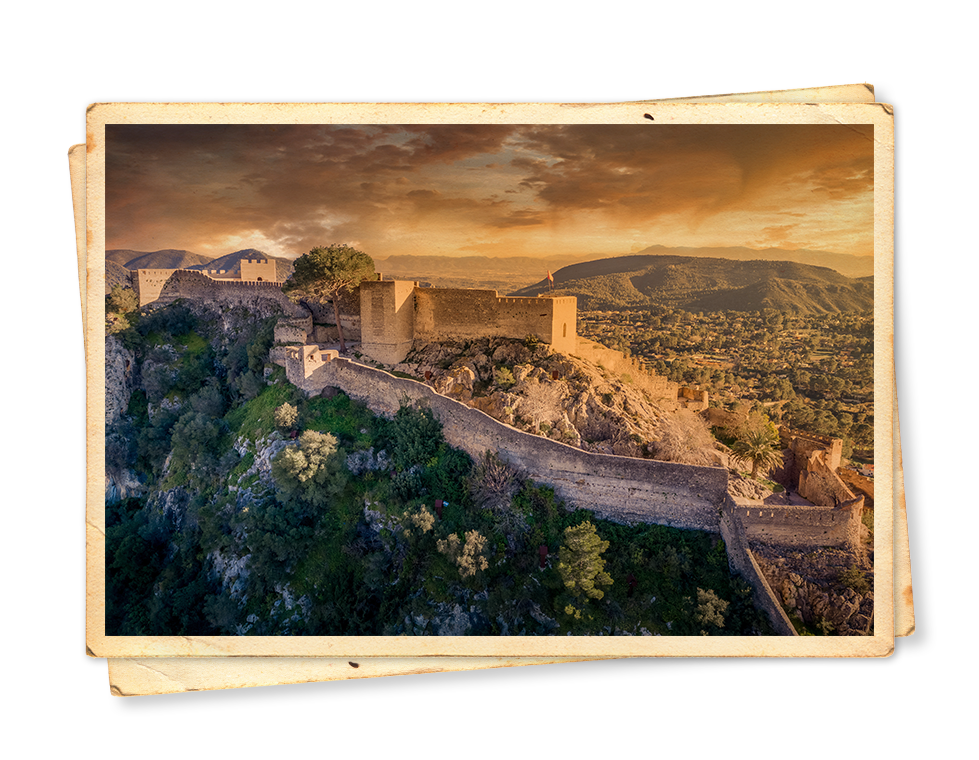
The first booklet
A monk from Xativa invented the paper booklet.
1st booklet factory
The first Rolling paper company in Alcoy.
The first company to manufacture cigarette paper booklets was founded in Alcoy by Tomás Jordá and Francisco Castañer. The production of booklets spread among the paper manufacturers and, in fact, many of the factories tenants replaced the usual payment per reams by a payment per booklets
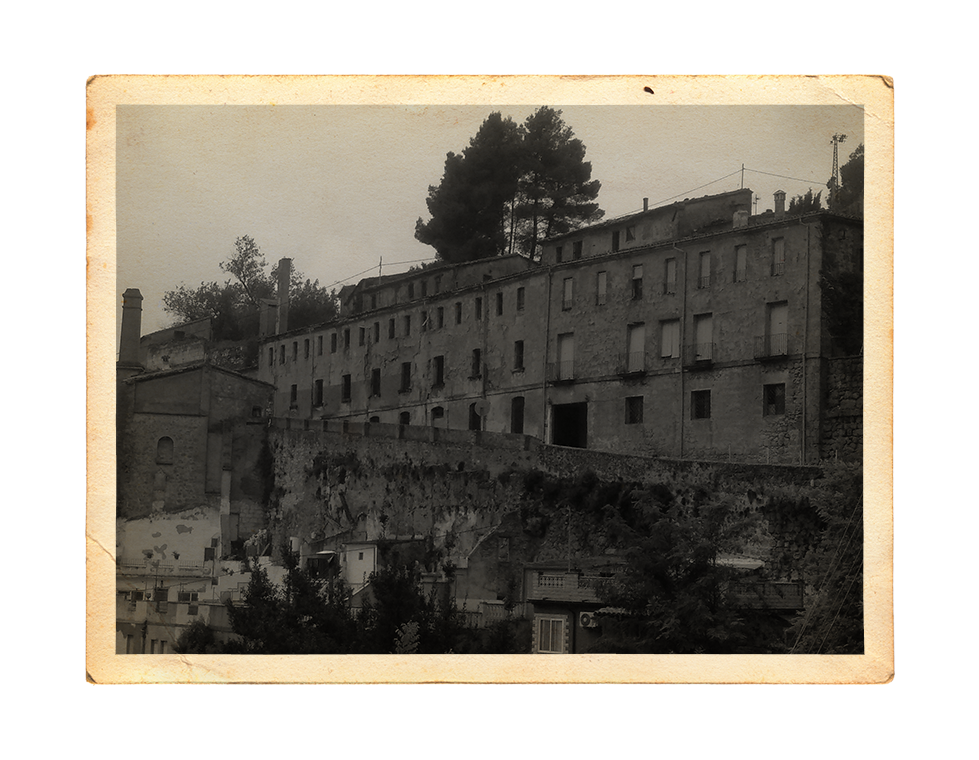
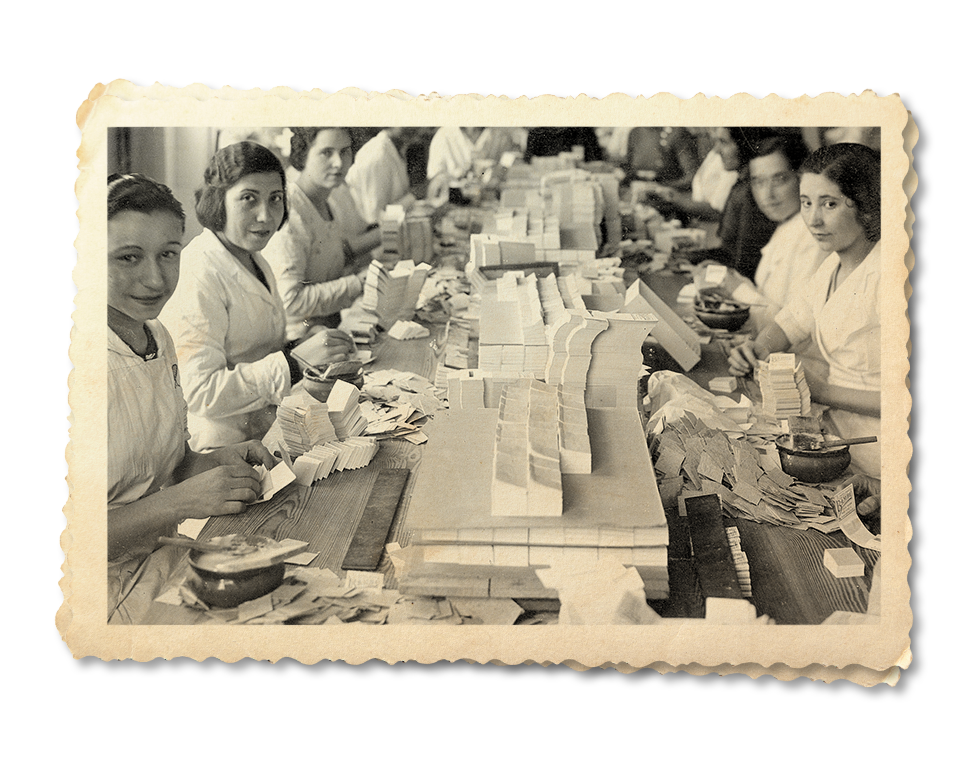
Booklet workshops
The first “modern” Rolling paper factory appeared
White ash
Innovations in combustion and opacity of the paper
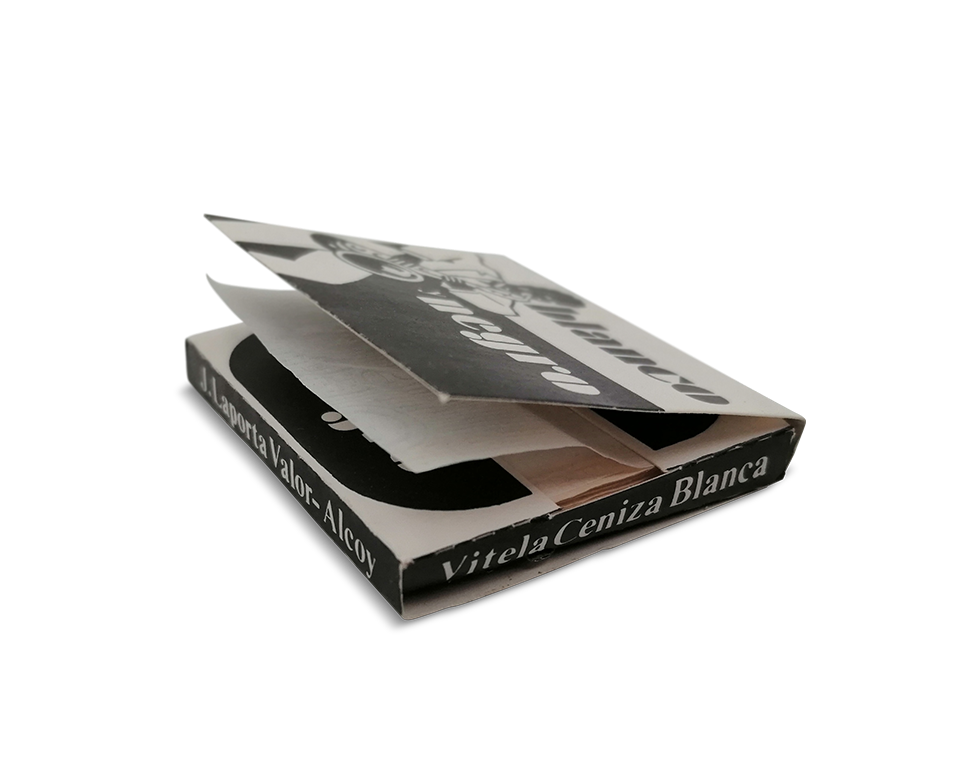
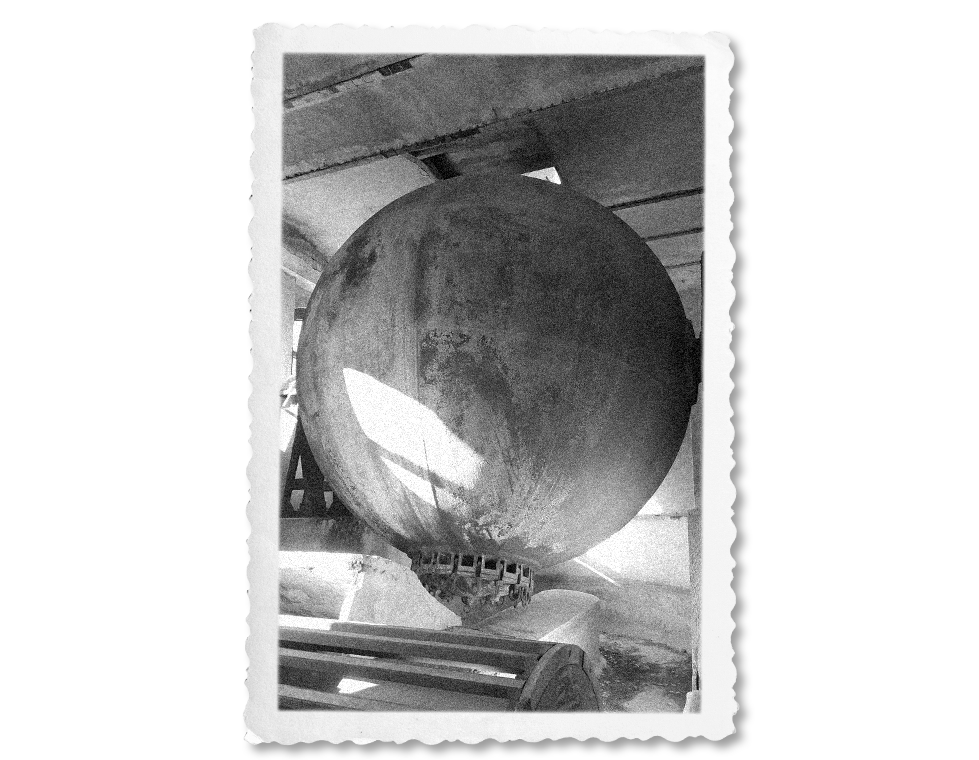
Chlorine crisis
Chlorine bleaching of textile fibres appeared.
In times of scarcity, cotton, hemp or linen textile fibres were used as raw material to make paper, which could come from espadrilles, esparto grass or scraps.
Due to the war between France and Prussia, the chlorine with which the fibres were bleached was no longer imported. This caused a great crisis, as there were not enough white textiles to supply the factories.
To solve this, Francisco Laporta Tort set up a chlorine bleaching factory that served the entire industry of Alcoy.
Pioneers in paid female labour
80% of the team were women, a milestone in the world of work.
Nearly 70% of the bookbinding workshops in Spain were in the Alcoy area, where there were up to 42 of them at the end of the 19th century.
About 500 people worked in these workshops, of which 400 were women, a historical milestone in women’s work that was paid for the first time, being practically nonexistent elsewhere in the world.
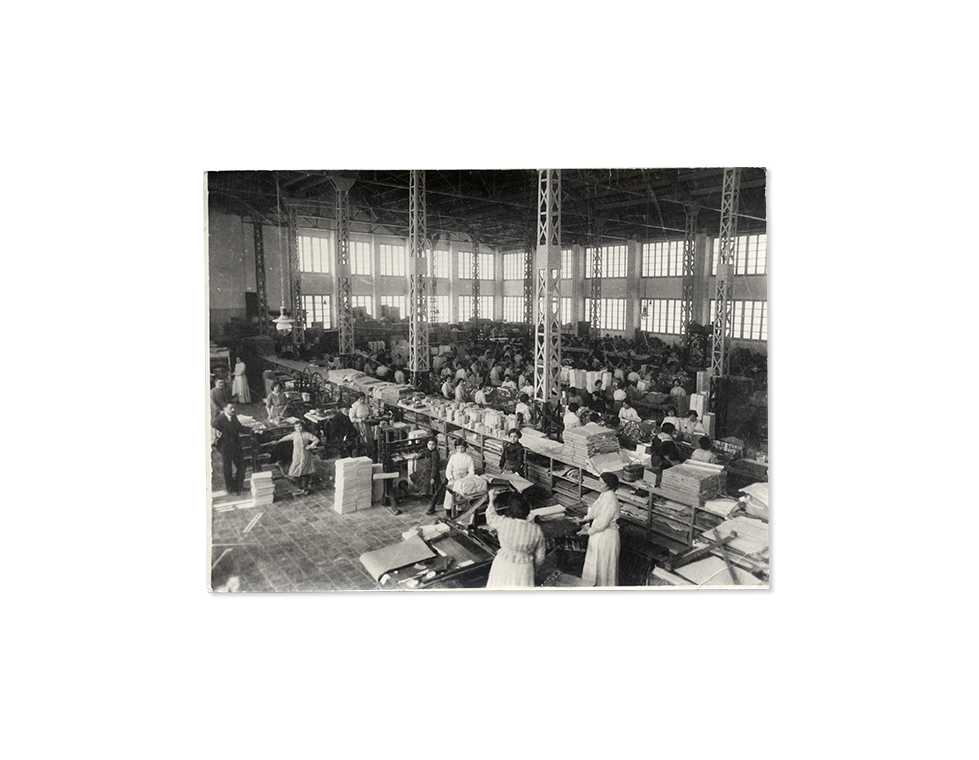
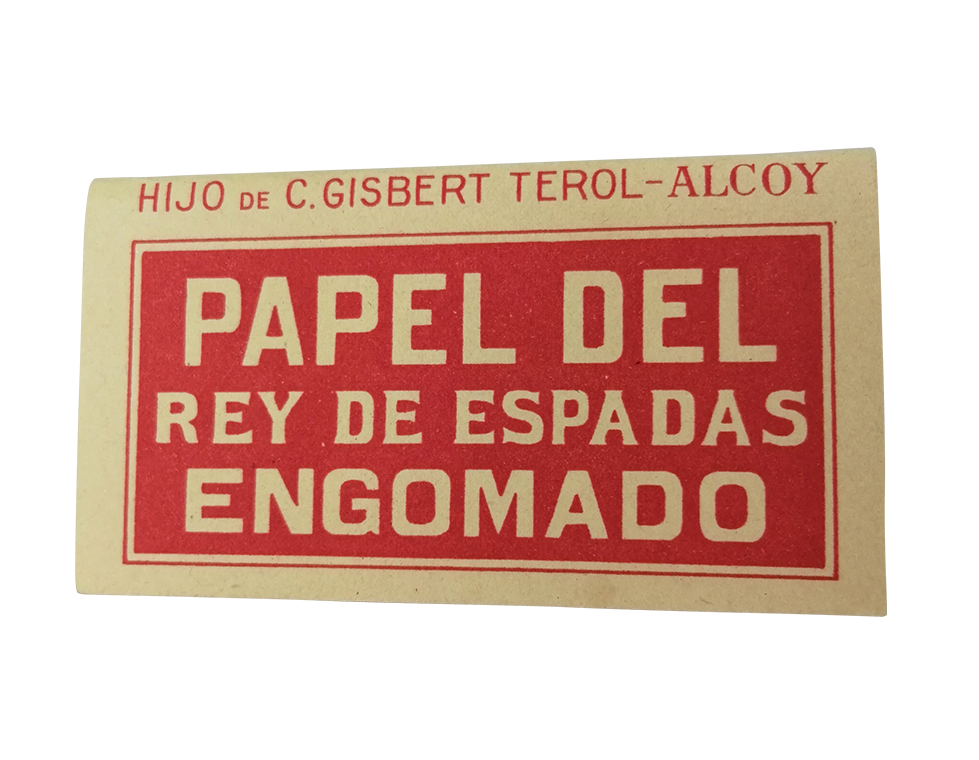
Introduction of Arabic gum
Cigarette paper with a rubberised part is invented.
Crimped booklets
The process of crimping one paper to another was invented.
This method is the same as the one used today and improves the extraction of the papers from the booklet. At first it was done by hand and later the Chambón machine appeared, which automatically crimped the papers.
In the Alcoy area, the Lerner machine was also used for cartoning, from which the booklets were obtained already assembled and finished.
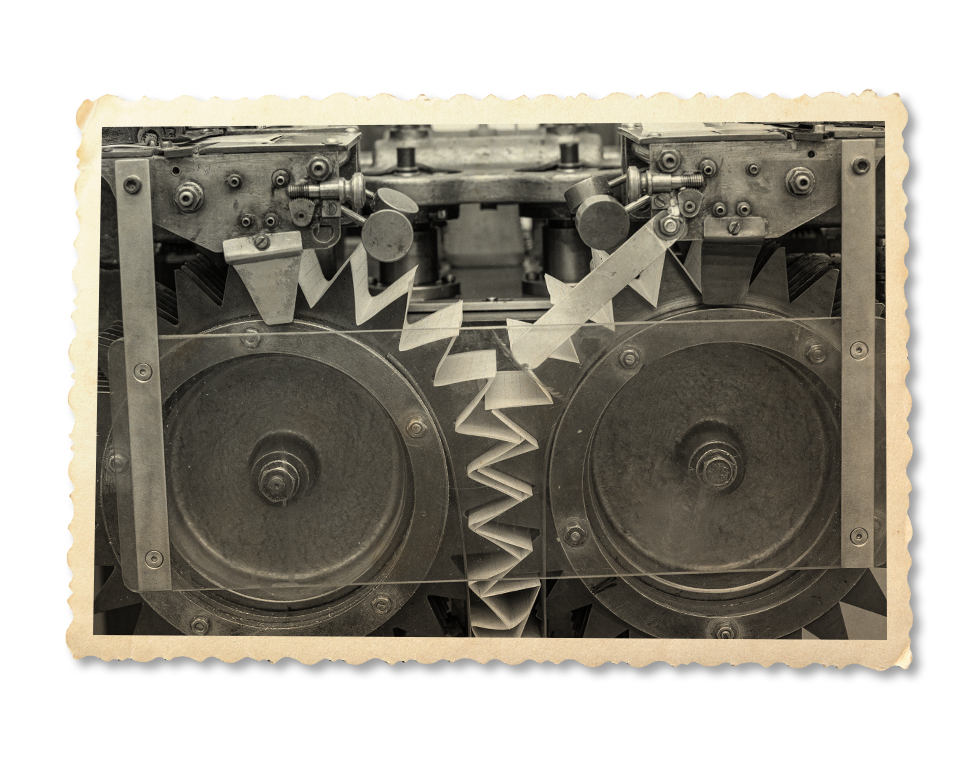
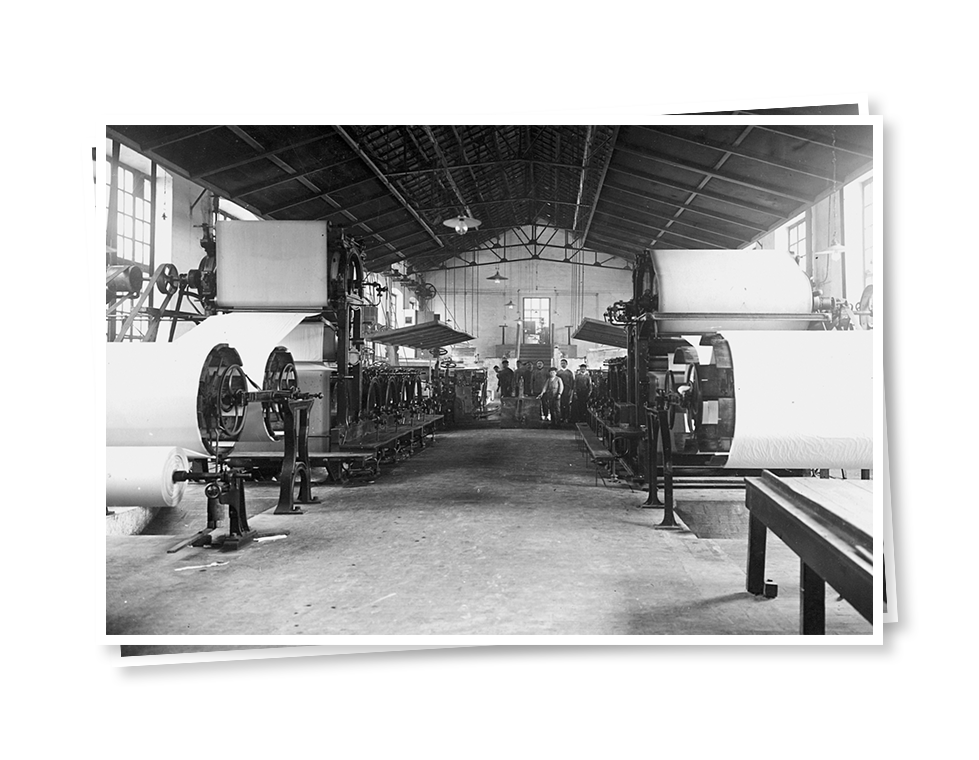
Modernization
Interleaving machines replaced the old vats.
In the last decades of the century, the new interleaving machines were introduced in Alcoy, called Robert machines after the name of their inventor, a Frenchman.
These machines started with a roll of paper and, after a continuous cutting process, reams were obtained, which is what was finally sold to other companies for the manufacture of booklets.
At the end of the century there were only 45 vats still in use, out of the 113 vats that were in operation in 1881.
The bambuneres
The operators of the booklet workshops were mainly women.
In 1907, the Nephews of Rafael Abad Santoja Society patented the Bambú booklet brand, which became one of the best known internationally.
In the 1920s, the building where they were made became known as the Bambú factory and its workers as ¨the bambuneres”, a Valencian term for the women who operated the machinery in the booklet factories, which later became the generic name for all the women who worked there.
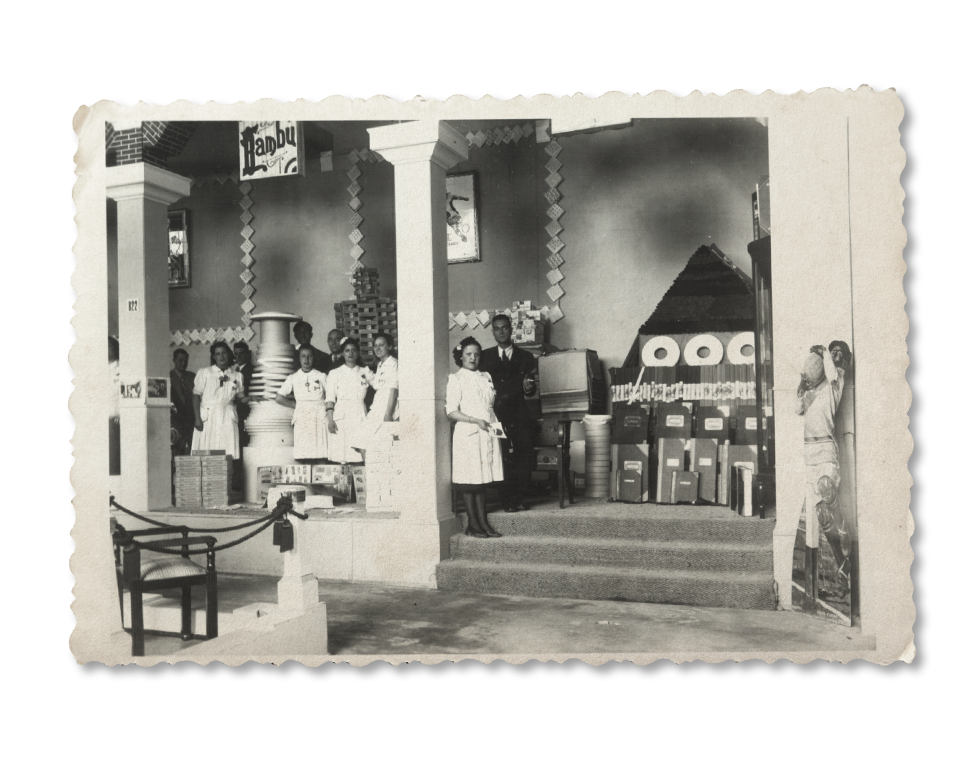
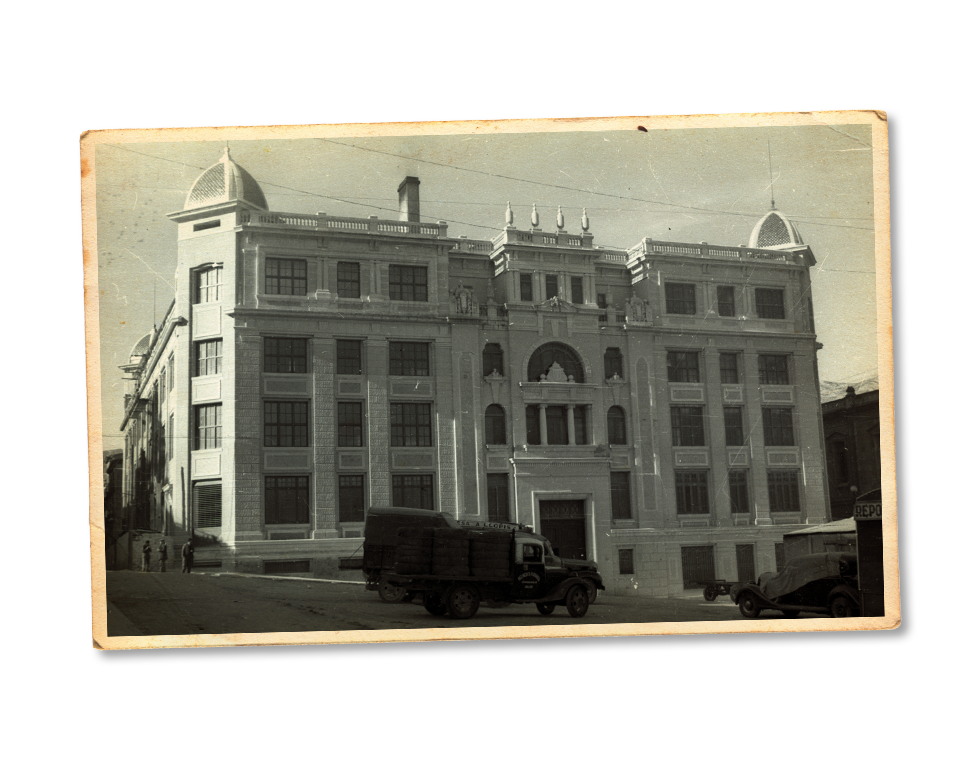
Paper factories united
Alcoy manufacturers founded the company Papeleras Reunidas SA.
Several manufacturers from Alcoy joined together and formed Papeleras Reunidas SA.
It was made up of eight factories with 15 continuous paper and cardboard machines, among others that also manufactured cigarette paper that they sold to Tabacalera, and 4 booklet making workshops.
Its production capacity was 24 tons per day, 21% of all Spain, with more than 3,000 workers.
mong the booklet brands were some of the best known brands such as Pay-Pay, Bambú or Blanco & Negro.
Exhibition of Industries
An exhibition was held on the preparation of booklets, wallets, cases, packs and folded products.
The Industrial Exhibition took place in Alcoy, where the manual work of the bambuneres was exhibited. When they joined the workshops, these women began in the warehouse or doing manual work.
After that they prepared the Arabic gum in the gumming section and the older ones were in charge of gluing the booklets. The men were in charge of operating the machinery.
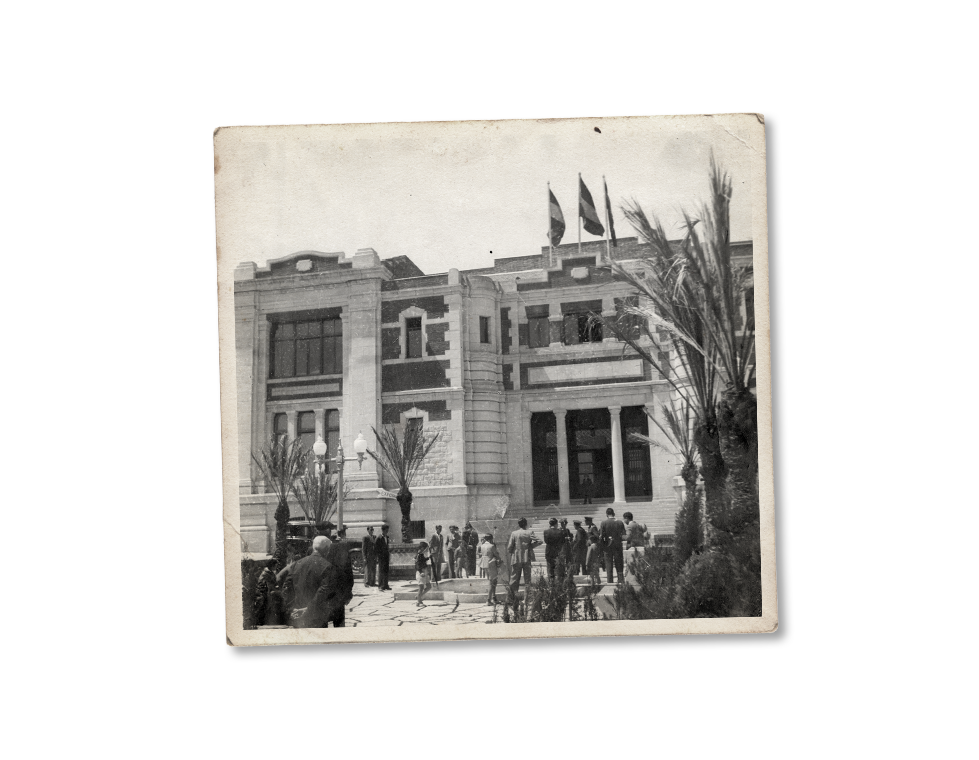
Acquisitions and branches
Papeleras Reunidas expanded, with offices in Argentina and Portugal.
In 1951, the Celulosa Española S.A. factory was acquired and in 1953 the Pextrafil paper factory in Portugal.
A branch in Buenos Aires was established through one of its founding partners, Hijos de Genaro Martín, manufacturers of brands such as Indio Rosa.
Product Innovation
Flavored Papers
Lawrence Cherniak, was a Canadian paper industry activist and visionary who pioneered the manufacture of colour, patterned rolling papers at the time of papeleras reunidas
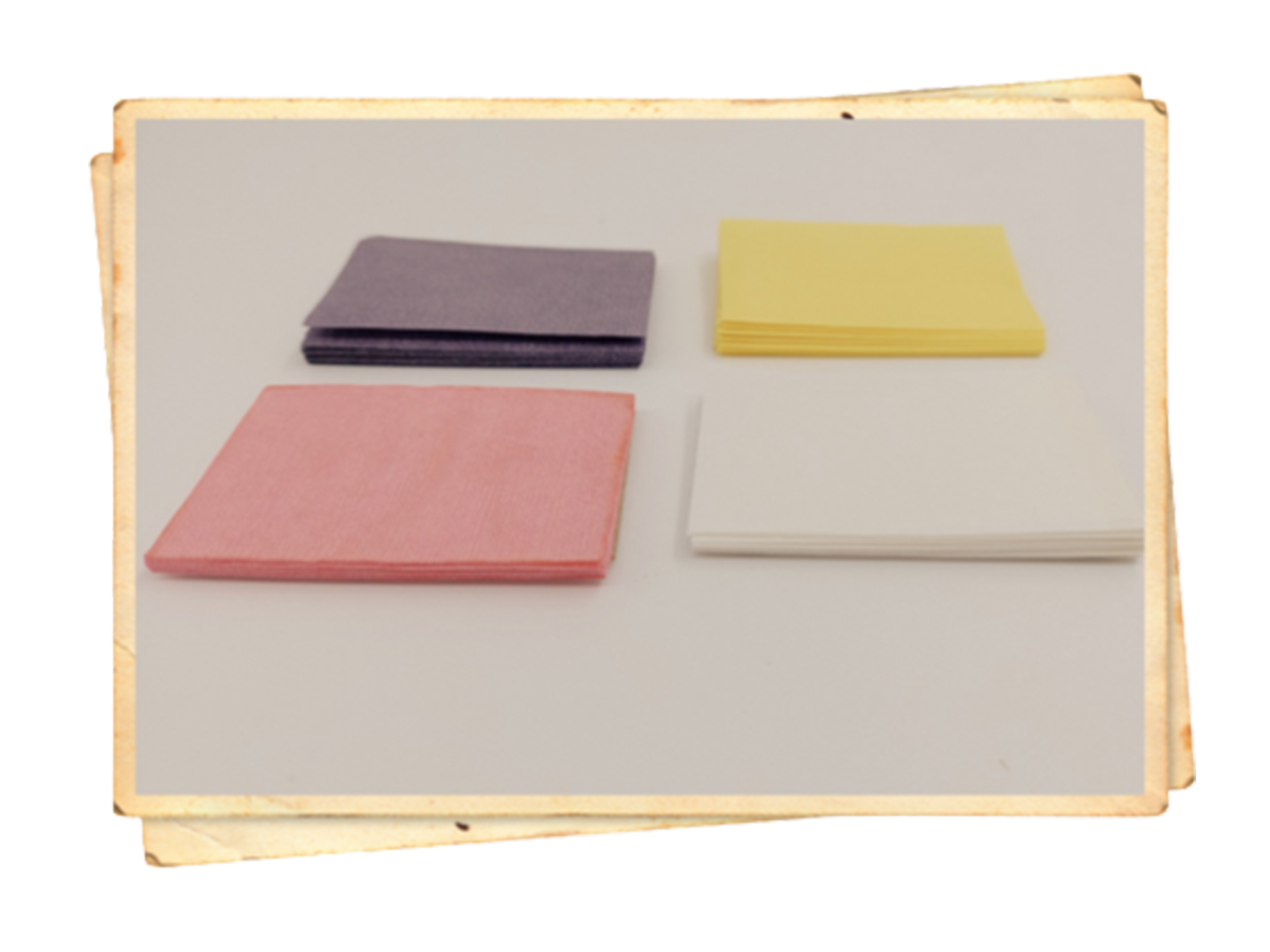
Actions to save the company
Papeleras Reunidas carried out a sale of shares among workers.
The company was going through tough times and performed several actions to try to save the company.
Firstly, an initial sale of shares among the workers was carried out in an attempt to float the company, but without success.
Next, it sold one of its factories in Salamanca, dedicated to the manufacture of paper for hotels and footwear, to the North American company Scott (currently known for Scottex paper).
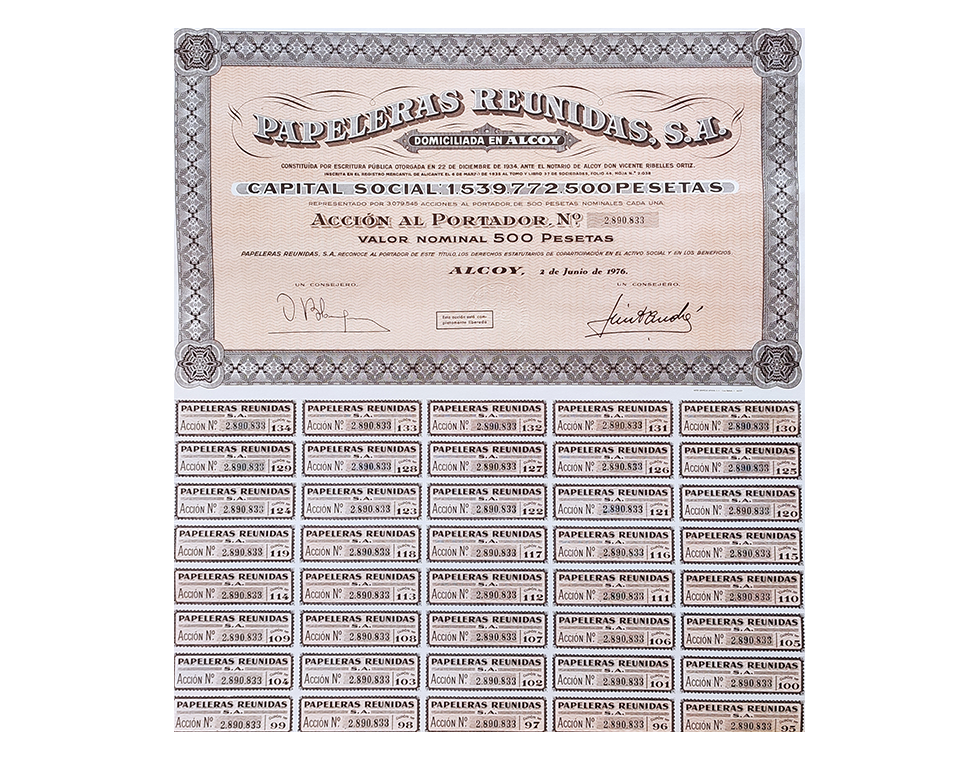
Crisis and closure
Papeleras Reunidas declared bankruptcy and closed down.
Return to paper manufacturing
Former workers founded Papelera Alcoyana S.A.
After the closure of Papeleras Reunidas, some of its former workers founded the company Papelera Alcoyana, with its headquarters in La Alqueria de Aznar, a small town 10 km north of Alcoy.
Previously, they opened the factory in Villalonga, in the province of Valencia, with the famous “machine 19”, the most modern that Papeleras Reunidas had, and later they resumed the activity of handling booklets by opening a new workshop called “Workshop P”.
Thanks to this, the entire production line was put back into operation for some years until its closure at the end of the 1980s.”
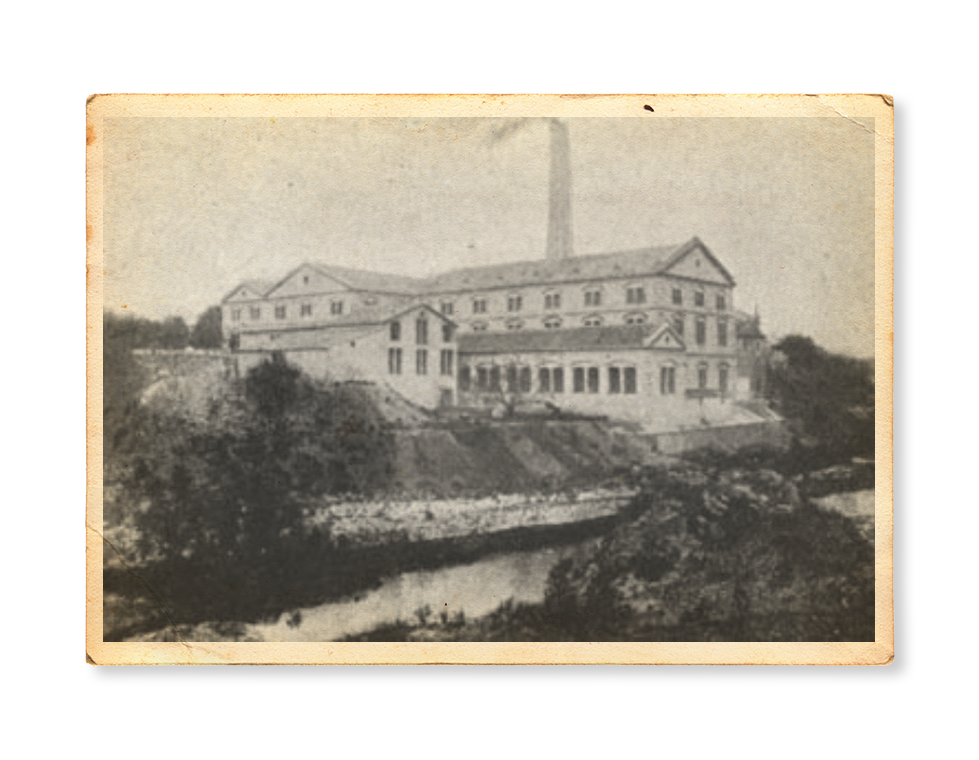
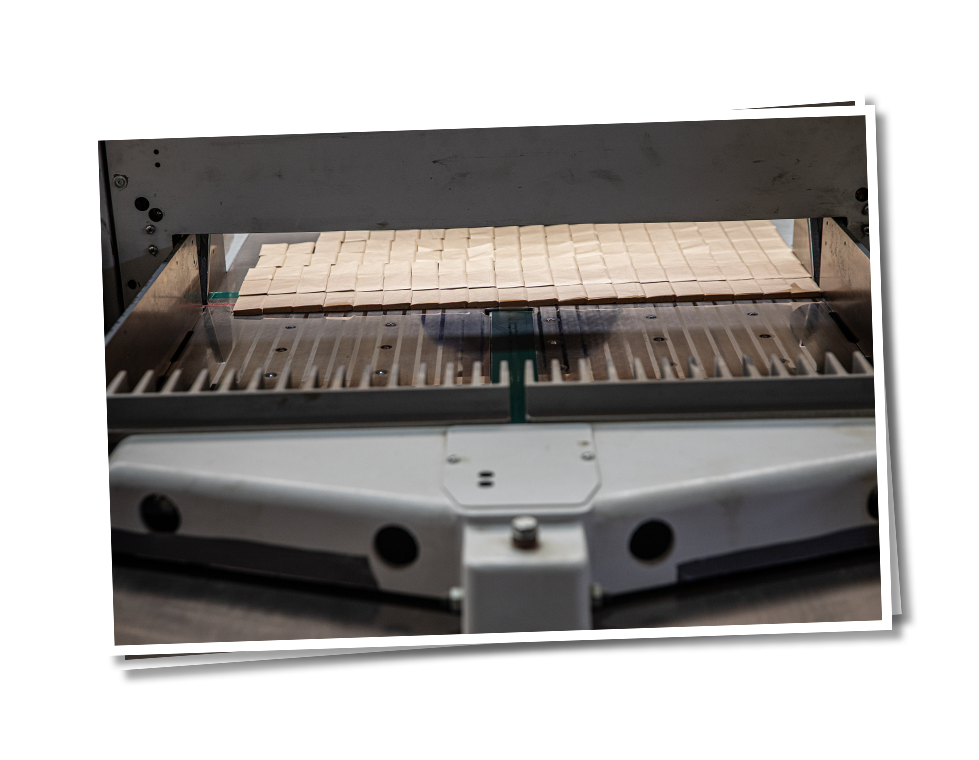
Resurgence of the industry
Iberpapel was founded from some of the machines of Papeleras Reunidas.
Eight former Papelera Alcoyana workers, with the help of some machines salvaged from old factories and also from Papeleras Reunidas, founded Iberpapel.
In the beginning, they started with the production of paper for the hotel and catering sector, such as table linen and napkins, and also printed paper for wrapping shoes.
Trademark registration
Several mythical brands of rolling paper were purchased.
As the heir to Alcoy’s papermaking tradition, and the only one in the area, Iberpapel bought and registered in its name some of the historic rolling paper brands such as Alegría, Zaida and Pay-Pay.
The latter has continued to evolve and is still on the market, and is considered the oldest cigarette paper brand in the world.
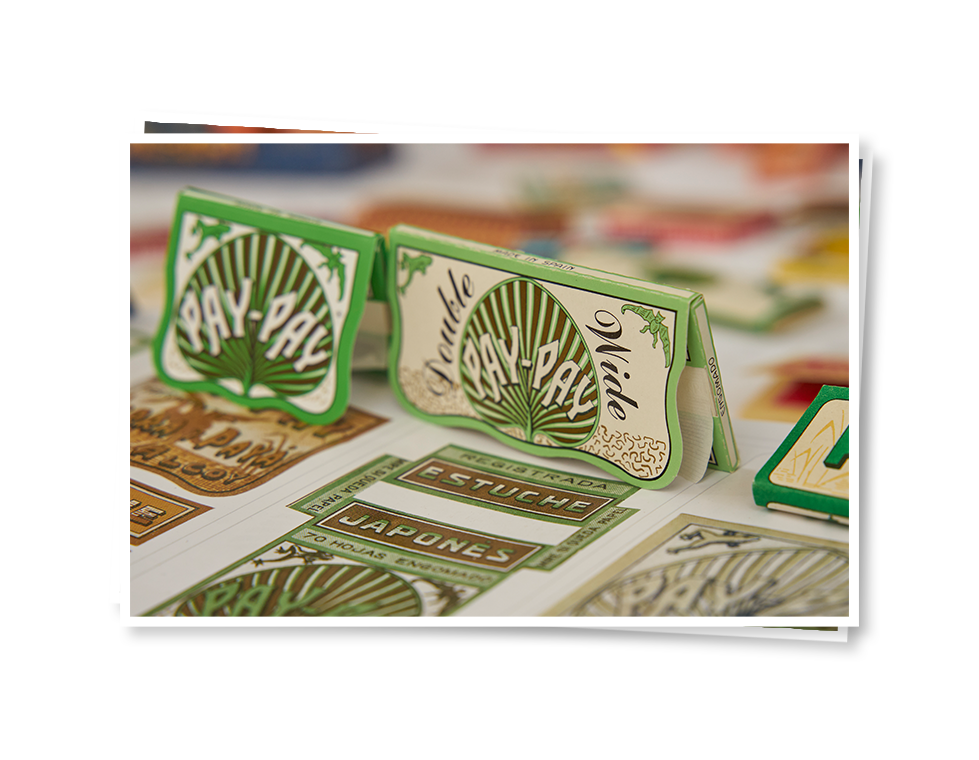
Innovation
Iberpapel starts manufacturing its own brands of rolling papers for international companies
Considered the hometown of cigarette paper, businessmen from various parts of the world come to the Alcoy area to manufacture their own rolling papers.
This is how Iberpapel began to manufacture new brands of rolling papers for clients in South American countries, among others.
Innovation
Production of flavored papers
The production of flavored papers for customers who seek to innovate with the application of scent and flavor to the paper begins, thus Iberpapel becomes one of the main producers of this type of rolling paper very popular yet in our days.
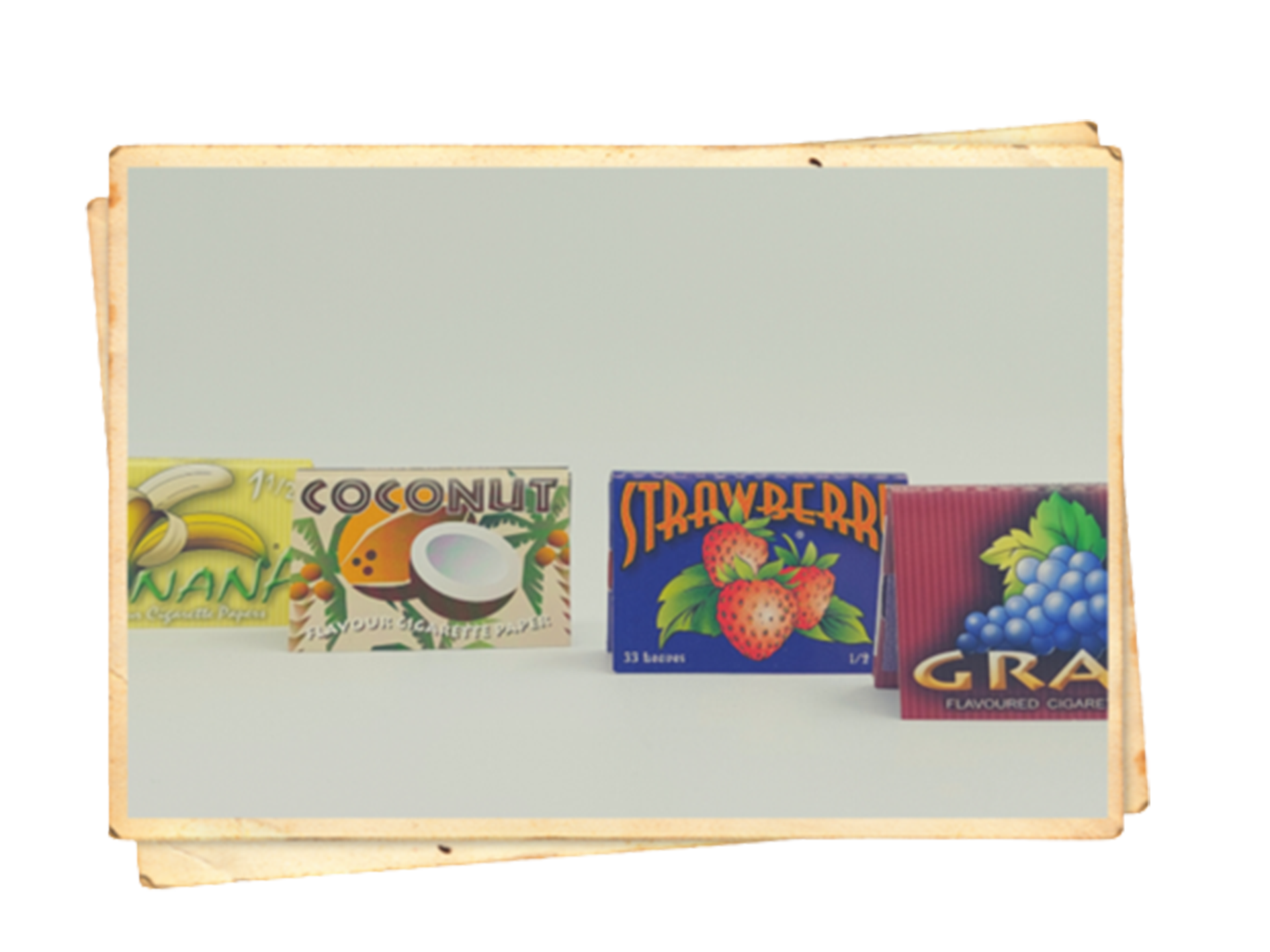
Innovation in rolling papers
The manufacture of flavoured rolling papers was resumed.

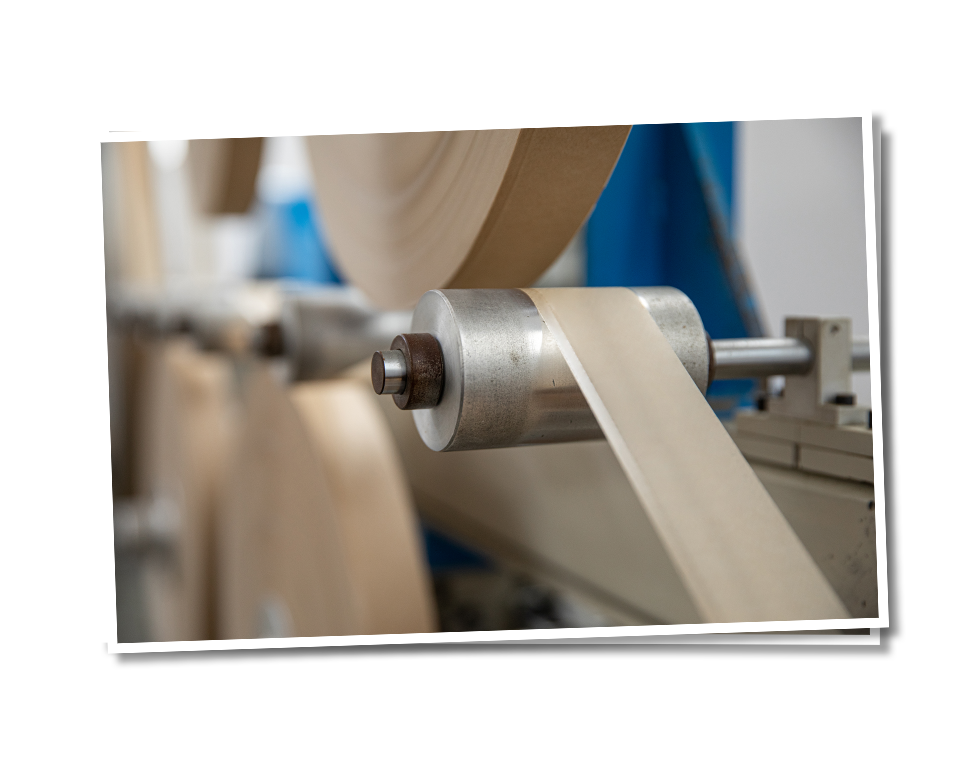
Iberpapel's expansion
Customers from all over the world came looking for the best rolling paper producers.
As was the case in the 1990s, the area’s world-renowned papermaking tradition attracted entrepreneurs and brands looking for a rolling paper factory to create quality paper.
Iberpapel expanded its facilities, buying new machines for more automated manufacturing and handling to be able to produce on a large scale, and bouncing back with new productions for large international customers.
From Iberpapel to the world
Iberpapel’s booklets are present on every continent.
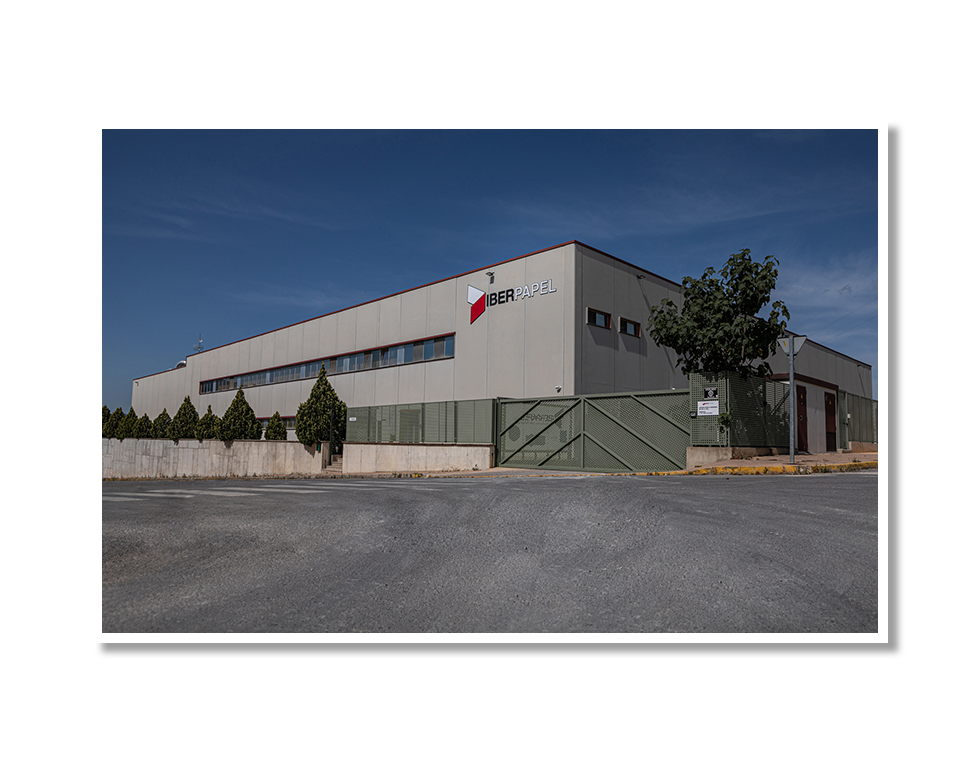

Bibliographic sources:
Network of local libraries y Municipal Archives of Alcoy (sf) Network of local libraries y Municipal Archives of Alcoy [Bivia] Alcoy Online Library [Bivia] https://bivia.info
Photography: © Arxiu Municipal d’Alco
Cerdá-Gordo, Enrique. (1995). 150 years of cigarette paper booklets Alcoy council and the Juan Gil-Albert Cultural Institute.
Gayoso-Carreira, Gonzalo. (1994). History of paper in Spain. Volume I. Provincial Council of Lugo.
Gutiérrez-Ponch, MIquel. (2001). Development of the Spanish paper manufacture during the 18th century. In IV The National Congress of the History of Paper in Spain: Acts (pp. 335-350).
Magdaleno-Montes, Óscar. (sf). Brief history of cigarette paper.
Valls-I-Subirà, Oriol. (1980). The History of Paper in Spain, centuries XVII-XIX. The National Pulp Company.
Gisbert-Mengual, Ramón y Gisbert-Mengual, Mauro. (2018). The Cigarette Paper Booklets. The Collectors Sons of R. Gisbert Abad.
*This history is based on folklore and is not well documented. Like all folklore, it is impossible to know what is factually accurate and what is story telling. The folklore is an important and valuable aspect of the local paper making culture and is important to keep alive and retell whether or not it is factually accurate history.